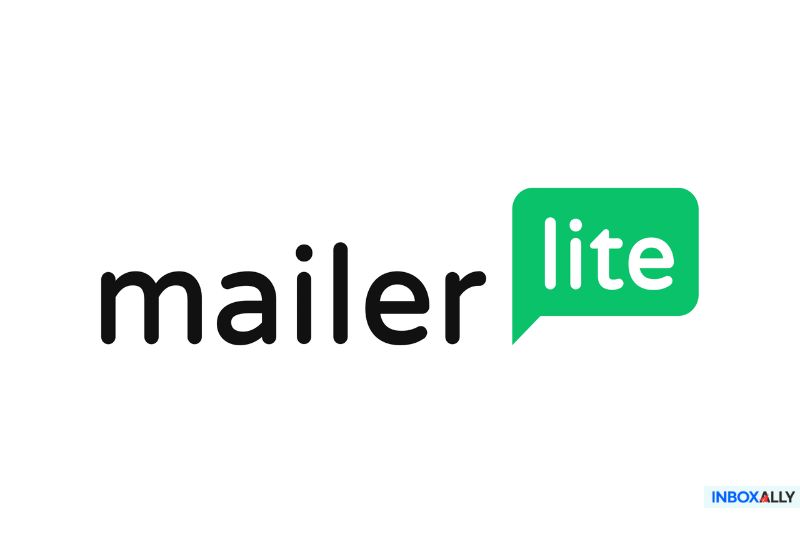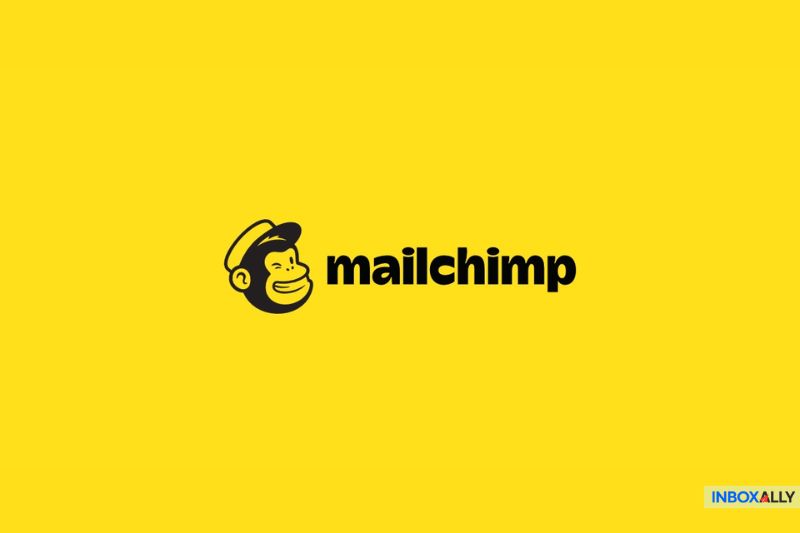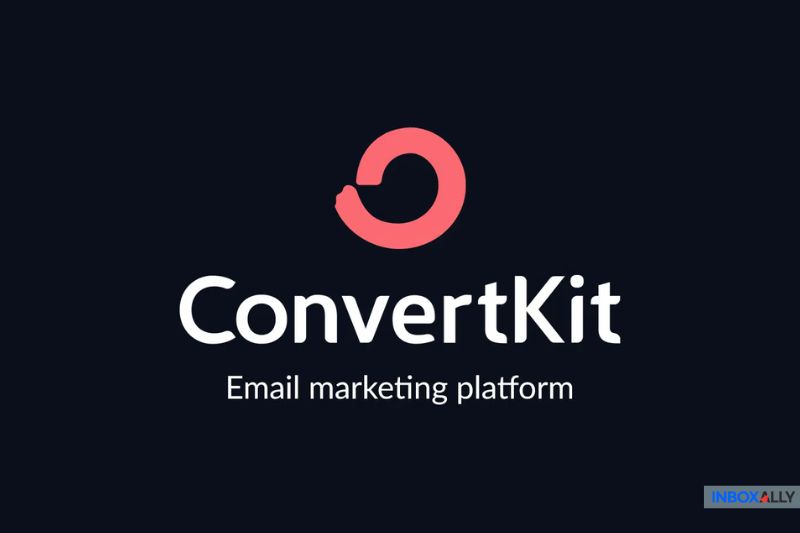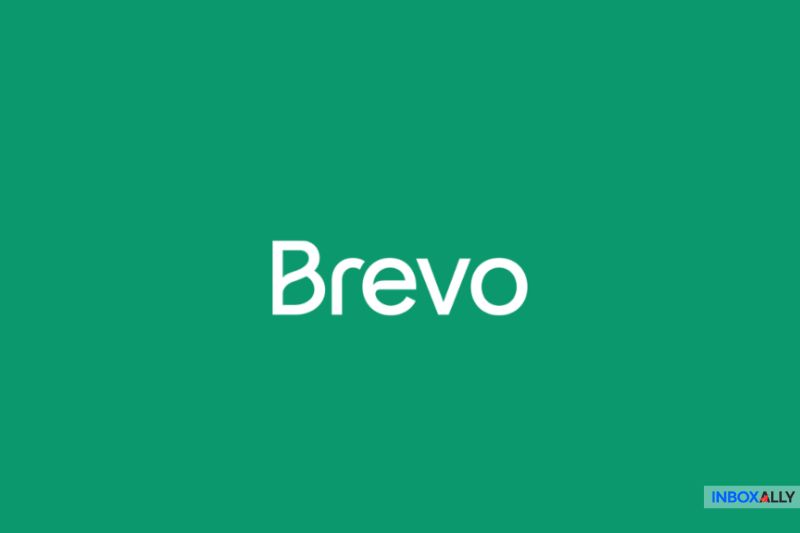If you’ve been doing email marketing for a while, chances are you’ve used AWeber.
It’s one of the old-school platforms—dependable, familiar and still a decent option for some businesses.
But maybe lately, it’s started to feel a bit… limiting. If you’re bothered by rigid automation, basic design options, or pricing that doesn’t scale with your needs, you’re not imagining it.
Email marketing has come a long way. Today’s tools are more intuitive, more flexible, and built to adapt to the way you work, not the other way around.
This article isn’t about bashing AWeber but about finding a platform that fits where your business is now. Better segmentation, cleaner templates, or more control—whatever you need, these alternatives give you room to grow.
What’s Changed Since AWeber Was the Default?
Back when AWeber first took off, email marketing was pretty simple:
Build your list
Send your newsletter
Hope for decent open rates…
But in the past few years, things have changed dramatically.
These days, businesses are less interested in sending the same email to their entire subscriber list and more interested in sending the right message to the right person at the right time. That’s behavior-based automation, and it’s now the baseline for modern email marketing.
But it’s not just the tech that’s changed—your audience has too! Their inboxes are full and their patience is short, so your emails need to pop—visually and functionally. That means drag-and-drop editors, mobile-friendly templates, and clean interfaces that don’t feel like they’re from 2007.
Another significant change is how email tools now integrate seamlessly with eCommerce platforms, CRMs, and analytics. Besides simply collecting subscribers, you’re also learning from their behavior- what they click, what they buy, how they interact – and you use that to send better campaigns.
Simply put, the bar has been raised. If you feel like AWeber hasn’t kept pace, it might be time for something new.
Not sure if your open rates are due to your content or your deliverability? Use InboxAlly’s Email Tester to see how mailbox providers treat your messages—it could save you a lot of second-guessing!
Not Just Cheaper: What to Look For Instead
If you’ve used enough email tools, you start to notice what makes a good one stand out. The best platforms strike a sweet spot—they’re easy to use right away but still powerful enough to grow with you.
First off, usability. You shouldn’t be elbow-deep in documentation just to build a basic automation. The best tools give you drag-and-drop editors that make sense. Complex triggers, branching logic, dynamic content—you should be able to do all of it without writing a line of code or cursing your way through a clunky interface.
Next, pay attention to how it scales. You grow, your list grows, that’s fine. But if the pricing jumps feel like penalties instead of progress, that’s a problem. Look for plans that expand with you logically, not ones that box you in with rigid subscriber caps or “gotcha” fees.
Automation is another big one. Can you send emails based on what people do—like clicking a link or abandoning a cart—without jumping through hoops? If yes, you’re on the right track.
And then there are the extras that shouldn’t really be “extras” anymore. You need landing pages, CRM integration, and analytics that don’t require a ton of technical expertise to understand. These are a baseline now.
Keep these in mind as you explore alternatives. The goal isn’t just to spend less but to get more of what works.
1. MailerLite – Clean, Simple, Surprisingly Powerful
MailerLite is the tool you use when you want your email marketing to work without feeling like you need a user manual just to get started.
It’s great for creators, bloggers, and small businesses who care about clean design, ease of use, and still want room to grow.
If you’ve ever wrestled with clunky templates or confusing interfaces, MailerLite will feel like a breath of fresh air. With its modern drag-and-drop editor, you can build a polished, mobile-friendly email in minutes, without any design background.
The automation is super intuitive, too! Sending a follow-up after someone grabs your freebie or setting up a welcome series for new subscribers takes just a few clicks.
Why it’s great:
- A clean, easy-to-use email builder
- Easy-to-use automation (that doesn’t require tech skills)
- A generous free plan: 1,000 subscribers and 12,000 emails/month
- Beautiful, mobile-responsive email templates that look great on all devices.
MailerLite shows you don’t need a complex tool to run great email marketing campaigns. If you’re after something simple, powerful, and refreshingly user-friendly, it’s easily one of the best AWeber alternatives out there.
2. ActiveCampaign – For the Automation Nerds (Respectfully)
If you’re someone who lives for pre-built automation workflows and super-targeted emails, ActiveCampaign is built exactly for you.
Its visual automation builder lets you set up emails that trigger based on exactly what a person does (or doesn’t) do. It’s all “if this, then that,” and it makes complex logic feel approachable.
ActiveCampaign isn’t just about email—it comes with a built-in CRM that helps you keep track of every interaction, so you can tag people, personalize messages, and build journeys that feel seamless.
Why it’s great:
- Drag-and-drop automation that’s powerful and user-friendly
- Integrated CRM to manage and track customer journeys
- Advanced segmentation for precision targeting
- Works well with eCommerce, CRMs, and other tools
- Helpful reporting and analytics dashboards
If you want more control, more effective campaigns, and a tool that scales with your ideas, ActiveCampaign is the one to try.
3. Mailchimp – The Familiar Face, Revisited
You’ve probably heard of Mailchimp—it’s one of the best-known names in email marketing.
And if you’re used to AWeber, switching to Mailchimp won’t feel like a huge leap. The layout is similiar, but the platform itself has come a long way.
In recent years, Mailchimp’s had a major refresh: a cleaner interface, modernized templates, and better integrations with the tools you already use. It’s easy to get started, but there’s plenty under the hood once you’re ready to dig deeper.
If you’re connecting with platforms like Shopify or WooCommerce, Mailchimp handles that seamlessly.
It lets you build automated, personalized campaigns based on your customers’ interactions. Plus, their free plan is good enough to test the waters without an upfront commitment.
Why it’s great:
- Free plan for up to 500 contacts (1,000 emails/month)
- Built-in integrations with eCommerce, CRMs, and social
- Performance tracking through the analytics dashboard
- Email marketing automation tools based on user behavior
- Dynamic content and segmentation
If you’re after something that feels familiar but offers more room to grow, Mailchimp is well worth another look.
4. ConvertKit (Now Kit) – Made for Creators
For newsletters, digital products, or monetizing creative content, ConvertKit (recently rebranded simply as Kit) might be the best email marketing service out there. Unlike other tools aimed at broad audiences, Kit’s entire approach is focused on creators.
It gives you a clean design, powerful (but intuitive) visual automations, and subscriber tagging, which makes it perfect for managing multiple segments at once.
You can tag subscribers based on what they clicked, bought, or signed up for, so you’re always sending the right message to the right people.
One of the coolest parts is that it lets you sell things like courses, paid newsletters, and digital products right from the platform. No need to stitch together a bunch of tools to run your business.
Why it’s great:
- Tag-based subscriber management for precise targeting
- Easy-to-use visual automation builder
- Built-in commerce tools for selling digital products and subscriptions
- Clear analytics tailored specifically to content creators
- Beautifully simple, customizable landing pages and forms
If you’re a creator, Kit doesn’t feel like a platform you have to figure out, but like one that’s designed to work the way you already do.
5. Brevo (Sendinblue) – Email + SMS + Chat in One
Brevo is the answer to a simple question: “What if you didn’t need five different platforms to talk to your audience?”
If you’re dealing with SMS, email, and live chat and wondering why nothing syncs, Brevo hands it all to you in one surprisingly intuitive dashboard.
You can automate email campaigns based on subscriber behavior, then follow up with a well-timed SMS, and answer questions in real time with built-in chat.
The tools are powerful, but the interface doesn’t feel like you need a certification to use it. It’s made for people who want to move quickly and keep everything connected without cutting corners.
The pricing is just as good. You’re billed on how many emails you send, not how big your list is. So, growing your audience doesn’t feel like a penalty.
Why it’s great:
- One place for email, SMS, and chat—finally
- Automation and segmentation that let you leverage customer data
- Great transactional email features without needing extra tools
- Clean, modern interface
- Pricing that rewards growth
For an outreach that’s already spread across different channels, Brevo brings it together without forcing you to sacrifice control or simplicity.
But if your list is growing but your results aren’t, deliverability could be the missing part. InboxAlly helps high-volume senders land in the inbox—and stay there
Quick Comparison: What Each Tool Is Best At
All of these AWeber alternatives bring something different. So instead of asking which one’s “the best,” the better question is: which one fits the way you work? Here’s a quick look at each one to help you decide:
- Best for creators: ConvertKit (now Kit) – Great for solo businesses that need clean automations, tagging, and a simple way to sell digital products.
- Best for smart automation: ActiveCampaign – If you’re into deep workflows, behavioral triggers, and built-in CRM features, this one’s for you.
- Best free plan: MailerLite – Generous limits, great design tools, and a user-friendly interface that makes getting started easy.
- Best for multichannel marketing: Brevo – Want email, SMS, and chat in one place? Brevo keeps it all under one roof.
- Best all-rounder: Mailchimp – Familiar, balanced, and flexible enough to work for most businesses without a steep learning curve.
So, pick the one that fits how you run your marketing, not just the one with the most advanced features.
Ready to See What Else Is Out There?
There’s nothing wrong with staying on AWeber. It’s reliable, familiar, and still does the basics well. But if your marketing is starting to feel limiting—or you’re spending too much time working around the tool instead of with it—that’s your sign.
You don’t need to overhaul everything overnight. Just know there are platforms out there that match the way marketing works today—more precise automation, better design, more flexibility as you grow.
Switching platforms is a big move, but if you want to make sure people actually see the great emails you’re sending, you’ll want InboxAlly in your workflow, no matter which platform you choose.







